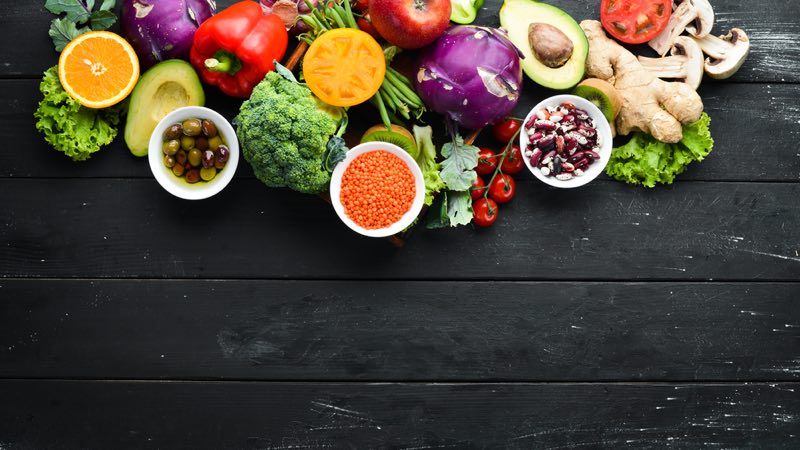Look at Your Food in New Ways
- Leptin resistance
- Intermittent fasting and metabolic flexibility
- What foods should go into my meal exactly?
- Cancel the “honeymoon” celebration if you also seek out surgery
The presence of obesity almost tripled between 1975 and 2016 according to data provided by the World Health Organization and, globally, 39% of adults exceed a healthy weight, with 13% of those technically classifying as obese.[1] If you feel as if you are a part of those nearly 2 billion people whom struggle to maintain a lower weight, looking at food through a slightly different lens and creating meal plans for yourself may go a long way.
Leptin resistance
Consider leptin as a signal carried through the bloodstream, which always corresponds directly to the total amount of fat in your body because it is produced by fat cells themselves. Trouble is, though, when brain cells located in the hypothalamus stop recognizing these leptin signals. It affects how much and how often you feel a need to eat especially, and leaves you with minimal energy despite there being plenty. Hey! Not cool.
However, expert advice suggests that you can counter and even improve leptin sensitivity by reducing your total consumption of carbs as well as by eating plenty of soluble fiber and protein, which will in turn promote weight loss and decrease triglyceride levels.[2]
The general rule of thumb is to also cut out anything that includes over 5 ingredients, as that’s the easiest indicator that you’re consuming ultra-processed food. If you feel a craving for something that’s on the no-go list, keep an eye out for an equally satisfying, healthier substitute that captures the essence of what you crave.
Intermittent fasting and metabolic flexibility
Will Cole is a functional medicine practitioner and author that now promotes something he calls ‘intuitive fasting’ and fasting for the purpose of combating leptin resistance and regaining metabolic flexibility, which is our body’s natural capability to utilize all potential sources of energy.[3]
In his new book, Intuitive Fasting, Cole includes meal plans, daily eating schedules and presents an approach you can use to understanding your body’s cravings and cues.

What foods should go into my meal exactly?
Within Intuitive Fasting, you’ll find a month-long flexible fasting plan paired with a cyclical ketotarian food plan. What exactly is a ketotarian diet? Ketotarian meals are essentially plant-based versions of the low-carb, high-fat keto diet but it can easily be altered to fit your needs, such as to include eggs, ghee or fish for example.
The key here is to build your meals with ingredients that scream “vibrant wellness” or power boosting but to do so mindfully, and with some attention being paid to how you feel after eating these food combinations. Take these ingredients particularly into account:
-
Avocados
-
Olives
-
Coconut cream
-
Sea vegetables like nori or dulse
-
Dark leafy vegetables like spinach or kale
-
Sulfur-rich vegetables like Brussels sprouts, cabbage or asparagus
-
Nuts and seeds like macadamias, almonds or walnuts
-
Low-fructose fruits like blackberries or currants [3]
Additionally, think about what meals you can create that routinely bring in avocado oil, extra virgin olive oil or coconut milk.
Most importantly, jotting down notes or keeping a food diary will help you pinpoint problematic ingredients or food combinations. That way, you can know how to avoid an upset stomach, reflux, head ache, acne or general inflammation and discomfort, plus you’ll feel better knowing that you’re making those changes strategically.
Cancel the “honeymoon” celebration if you also seek out surgery
Some people go through a ton of hurdles for weight loss. They eat like a rabbit and hit the gym religiously. They settle for detoxes and pump iron till the pounds melt off. Others make a plan that includes exercise and surgery, like bariatric surgery. Your road to a healthier life might involve a sleeve or gastric bypass, for example, but surgery alone will not affect the food choices you make. Research even shows that patients that refrain from “honeymooning” in the first months after surgery significantly decrease their chances of recurrence.[4]
Gastric surgery patients do receive diet and nutritional guidance as part of treatment but it will always be up to them to embrace intentional diet change and to be open to new culinary experiences for the sake of their long-term health.
Sources:
[1] Farias, Gisele, et al. “Impact of Dietary Patterns According to NOVA Food Groups: 2 y after Roux-En-Y Gastric Bypass Surgery.” Nutrition, vol. 74, June 2020, p. 110746., doi:10.1016/j.nut.2020.110746.
[2] Gunnars, Kris. “Leptin and Leptin Resistance: Everything You Need to Know.” Healthline, Healthline Media, 4 Dec. 2018, www.healthline.com/nutrition/leptin-101.
[3] “How to Achieve Metabolic Flexibility.” Goop, Goop Inc, 21 Jan. 2021, goop.com/wellness/health/how-to-achieve-metabolic-flexibility/?ref=newsletter.
[4] Farias, Gisele, et al, Ibid.














